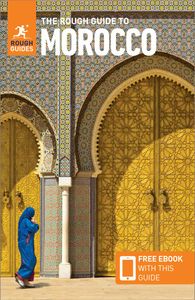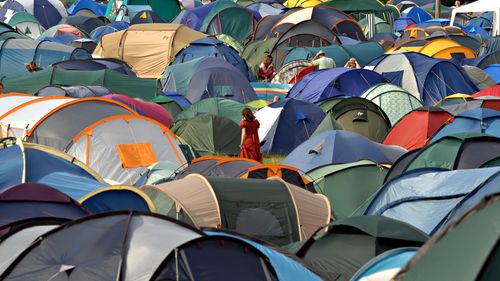The Cité Portugaise
El Jadida’s Medina is the most European-looking in Morocco: a quiet, walled and bastioned seaside village, with a handful of churches. It was founded by the Portuguese in 1513, and retained by them until 1769, and it is still popularly known as the Cité Portugaise. As they withdrew, the Portuguese blew up several of the churches and other important buildings. The Moors who settled here after the Portuguese withdrawal tended to live outside the walls. Budgett Meakin, writing in the 1890s (see General and travel), found an “extensive native settlement” spreading back from the harbour, while European merchants had re-established themselves in the “clean, prosperous and well-lighted streets” of the Medina. As in all the open ports on this coast, there was also an important Jewish community handling the trade with Marrakesh; uniquely, old Mazagan had no separate Jewish Mellah.
Oualidia
OUALIDIA, 78km south of El Jadida, is a stunningly picturesque little resort – a fishing port and lagoon beach, flanked by a kasbah and a royal villa. The kasbah is seventeenth-century, built under the Saadian sultan el Oualid (after whom the village is named) as a counterweight and alternative to Portuguese-held El Jadida. Until Sultan Sidi Mohammed took El Jadida, the lagoon made an excellent harbour and, as late as 1875, a French geographer thought that “by a little dredging the place would again become the safest shipping station on the whole Moroccan seaboard”. The royal villa, now empty, was built for Mohammed V, who celebrated many birthdays and other family events here.
Today, most Moroccans know Oualidia for its Japanese oysters; Morocco’s first oyster farm was launched here in 1957 and nowadays it harvests some two hundred tonnes a year, mostly sold locally. But the town really deserves to be better known as a resort: its beach is excellent for surfing and windsurfing, and swimming is safe and easy thanks to the shielded lagoon. The atmosphere for most of the year is very relaxed, aside from August when the place is jam-packed with Moroccan holidaymakers.
Bird habitats around Oualidia
The 70km of coast between Sidi Moussa (36km south of El Jadida) and Cap Beddouza (34km south of Oualidia) is one of the richest birdlife habitats in Morocco. The coastal wetlands, sands and salt pans, the jagged reefs, and the lagoons of Sidi Moussa and Oualidia shelter a huge range of species – flamingos, avocets, stilts, godwits, storks, terns, egrets, warblers and many small waders. Numerous countryside species come in, too; golden oriole and hoopoe have been recorded, and flocks of shearwaters are often to be seen not far offshore. The best watching locations are the two lagoons and the rocky headland at Cap Beddouza.






















